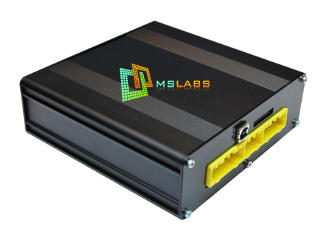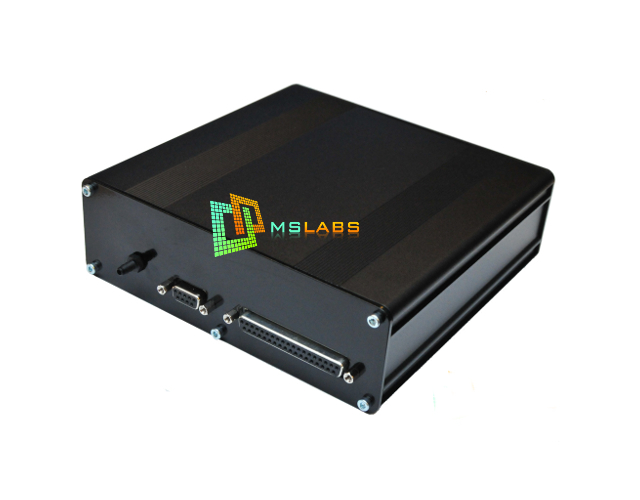FAQ
This is a list of the mist frequently asked questions we get. If you didnβΒ?Β?t find the answer you were looking for here, please contact us.
What is a standalone ECU?
A standalone ECU is a user-programmable ECU that fully replaces the OEM ECU. This is the opposite of a βΒ?Β?piggyback ECUβΒ?Β?, which works in parallel with (and requires the use of) the stock ECU.
What is the benefit of installing a standalone ECU in my car? How many HP will I get?
A standalone ECU will not give your car βΒ?Β?XβΒ?Β? additional HP just by installing it. Think of the standalone ECU as a tool that will help you unleash the potential of your engine, with any modifications you may have installed (such as a turbocharger, supercharger, cams, intake filter, headers, exhaust, etc), by fine tuning the air/fuel ratio of the engine and adjusting the ignition timing so that peak torque can be achieved throughout the engineβΒ?Β?s rev band.
Is a standalone better than a piggyback ECU?
This widly depends on the use of the car and the modifications it actually has. A piggyback ECU is some times easier to tune if the mods are basic intake/exhaust mods. However, many times the changes are not consistent over time. For example, you may find that a tune that was done during the winter is no longer good during the summer and vice versa. Sometimes this may happen the following day or even on the next engine restart. This is because the piggyback ECU doesnβΒ?Β?t have all the facts and only coarsely changes the injection duration and the ignition timing. This becomes much more evident when replacing the OEM injectors with higher-flow aftermarket injectors.
So how does a standalone fare better than a piggyback?
The standalone has absolute control over all the sensors of the engine, as well as full control over the injectors and the ignition timing. This means that the ECU knows whether the climate is hot, warm, cold or freezing, it knows if the engine just started, if it is warming up or heatsoaked, it knows how much throttle you are applying and whether you are in boost or not, of if the engine is knocking. It then takes all these inputs and calculates the proper fuel injection duration and applies the proper ignition timing.
That sounds complicated. Do I need years of experience to actually even get the car to start?
No. Our plug and play ECUs come with detailed instructions for an easy install, and with basemaps so that you can get started immediately. ThereβΒ?Β?s no need to go looking on the Internet for maps to loadβΒ?Β?the ECU will come preloaded with one. And if the stock basemap is not suitable for your carβΒ?Β?s specs, we will send you a basemap tailored for your car.




